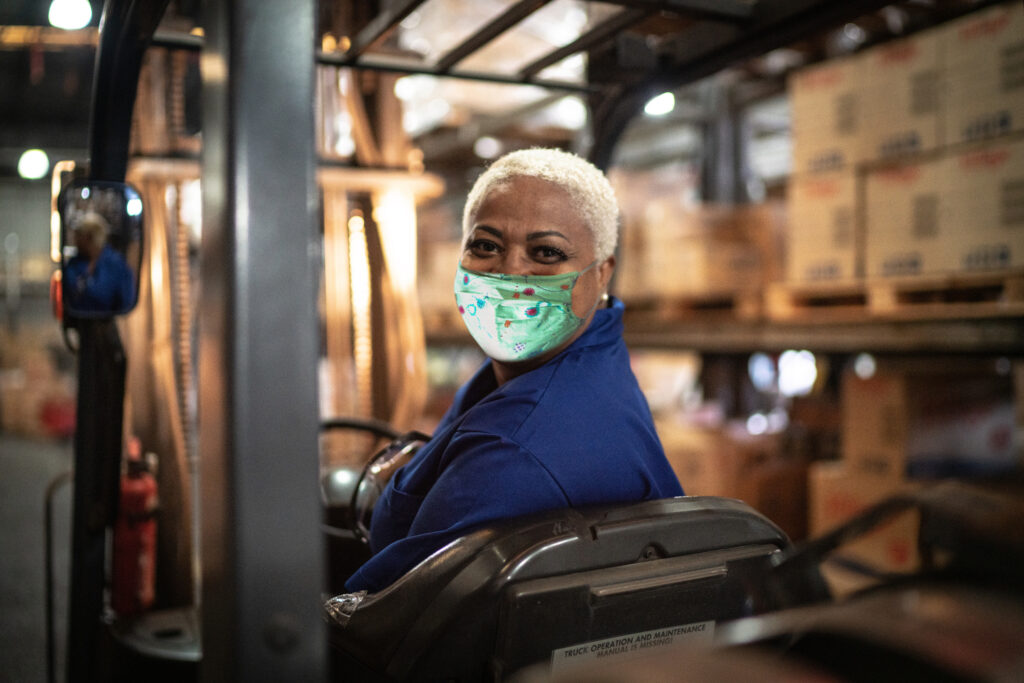
Next100 and the National Black Worker Center team up to give a different perspective on diversity and inclusion with labor unions.
The country celebrated Labor Day on Monday, a holiday to reflect on the importance working people play in the United States, and the continued sacrifices so many continue to make to benefit the rest of us.
The day after Labor Day, the progressive think tank Next100 partnered with the National Black Worker Center and other organizations to host a special webinar on the diversity of the labor movement, something that is often overlooked not only in the media but also by those looking to put into place policy that benefit workers.
Titled the “The Color of Labor: Recognizing the True Face of Labor,” the webinar examined the need to achieve systemic change in order to build an economy and society that benefits all workers. Panelists included Tanya Wallace-Gobern of the National Black Worker Center; Neneki Lee of the SEIU; Aisha Satterwhite of Coworker.org; and Phela Townsend of Next100.
“This panel is really a powerful example of policy in action, especially as we think about policy as they relate to workers,” Townsend said. “One, it’s elevating the voices of those on the ground doing the work. Research is really important in policy, but all too often we are having conversations in spaces about workers and not with workers. All too often, we are talking about policies in conversations that impact Black workers and other workers of color and these are not the people in the conversation.”
While the discussion would have been important in more typical times, the COVID-19 pandemic arguably has made it even more important. As researchers at organizations like the Economic Policy Institute have outlined, Black workers make up a disproportionate number of essential workers, putting them at greater risk of contracting the virus (and as a result, dying from it).
But Black workers also face racial disparities in other areas, including access to health care, housing, income, and, of course, employment.
During the webinar, the panelists provided pertinent information and statistics on how Black and female workers are often treated in their jobs, how the pandemic continues to impact on Black workers in various sectors, the buildup to the 2020 election and how the outcome may impact workers, and much more.
“More than 40% of workers lack appropriate protections benefits, such as access to health care, access to sick and paid leave, access to child care, even before the pandemic, and these were independent workers who are not considered employees under the law,” Townsend said.
These workers represent a large population of the Black community, which has a larger unemployment rate than that of the other demographics, she added.
The panelists also noted that while many positions held by Black workers are just as critical as that of the supervising counterpart, they are still often underpaid and overlooked. The goal of organizations like Next100 and the National Black Worker Center is to seize opportunities for achieving change and ensure Black workers are treated fairly and equally.
You can watch the full webinar above or on YouTube.
